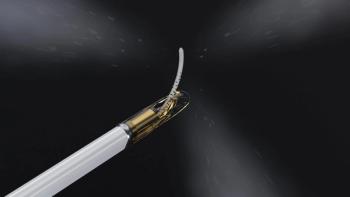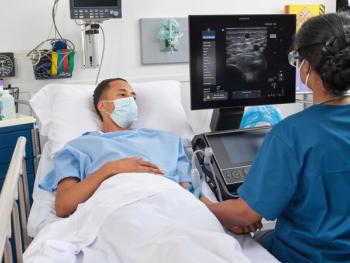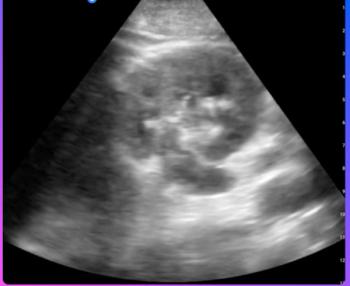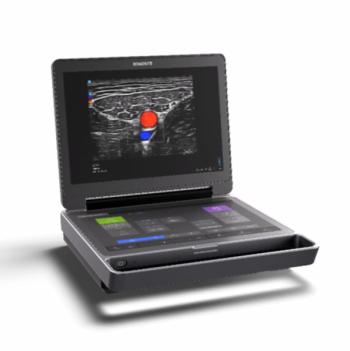
Three-D sonography measures fetal bladder volume with ease
Traditional ultrasound has long been used to take bladder measurements of fetuses as early as 11 to 14 weeks gestation, including length and echogenicity. But measurement of bladder volume has tended to be inaccurate because of the limited algorithms for estimating volume using a 2D image. Fetal urine production rate can also be tricky to evaluate with 2D ultrasound.
Traditional ultrasound has long been used to take bladder measurements of fetuses as early as 11 to 14 weeks gestation, including length and echogenicity. But measurement of bladder volume has tended to be inaccurate because of the limited algorithms for estimating volume using a 2D image. Fetal urine production rate can also be tricky to evaluate with 2D ultrasound.
Now researchers have proven 3D ultrasound's effectiveness and established a nomogram of fetal urine production rate according to gestational age.
With fetal urine as the primary source of amniotic fluid, a problem with the fetal urinary tract can affect development of the lungs and signal wider problems. Accurate measurement of fetal bladder volume could provide a better way of estimating amniotic fluid volume, which is difficult to measure directly.
Dr. S.M. Lee and colleagues in the obstetrics and gynecology department at the Seoul National University College of Medicine in Korea published their study in the July issue of Ultrasound in Obstetrics & Gynecology, the official journal of the International Society of Ultrasound in Obstetrics and Gynecology.
They examined 154 women with normal singleton pregnancies beginning between their 24th and 40th week of gestation. None had any complications affecting amniotic fluid levels. The investigators measured fetal bladder volume with 3D ultrasound and Virtual Organ Computer-aided AnaLysis (VOCAL) with a rotational angle of 30 and manual surface tracing technique.
To calculate fetal urine production rate, they measured bladder volume several times in a row, after five to 10-minute intervals. The difference in volume revealed the rate of urine production, which was then plotted against gestational age to create a nomogram.
The researchers found fetal urine production increased from a median value of 7.3 mL/hour at 24 weeks to a median of 71.4 mL/hour at term. It could be calculated from gestational age using the formula: Ln(UPR) = 6.29582 + (0.43924 x gestational age) + (0.000432 x gestational age²), r² = 0.63, p = 0.0046.
The researchers concluded that 3D ultrasound is an easy way to measure fetal bladder volume. It could provide an alternative to traditional methods of amniotic fluid volume measurement such as amniotic fluid index and single deepest pocket. They suspect it may even become an alternative option for predicting fetal hypoxia.
Newsletter
Stay at the forefront of radiology with the Diagnostic Imaging newsletter, delivering the latest news, clinical insights, and imaging advancements for today’s radiologists.




























